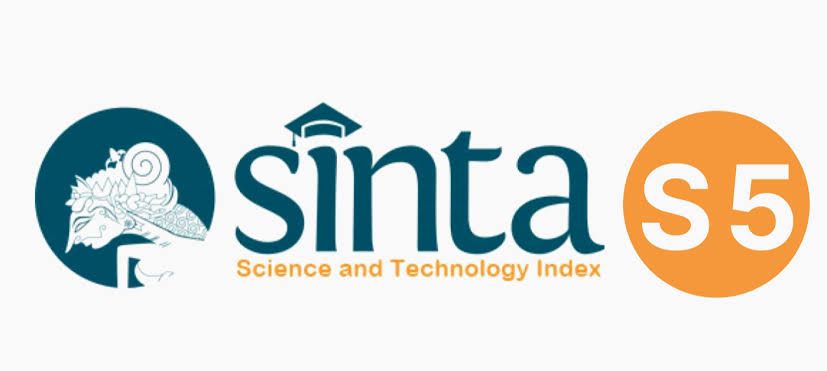Functional Surgical Resection in Glioma Patients: A Literature Review on Techniques and Outcomes
DOI:
https://doi.org/10.32734/aanhsj.v7i01.20622Keywords:
Glioma, Functional Surgical Resection, Awake CraniotomyAbstract
Background: Gliomas frequently invade eloquent cortical and subcortical regions, necessitating surgical strategies that optimize oncological resection while preserving neurological integrity. Functional surgical resection integrates advanced modalities to achieve maximal safe resection.
Method: A structured qualitative literature review was performed, synthesizing current evidence from high-impact databases on intraoperative techniques including awake craniotomy, cortical and subcortical mapping, fluorescence-guided resection, and intraoperative imaging and their impact on surgical outcomes in glioma patients.
Discussion: Functional mapping and imaging adjuncts significantly improve the extent of resection and mitigate postoperative deficits, particularly in IDH-mutant low-grade gliomas and eloquent high-grade lesions. However, limitations in fluorescence efficacy, imaging resolution, and resource availability persist across institutions.
Conclusion: Functional resection techniques enhance survival and quality of life by enabling individualized, anatomically precise glioma surgery. Future directions include integration of molecular diagnostics, intraoperative tools, and global standardization to reduce outcome disparities.
Keyword: Glioma, Functional Surgical Resection, Awake Craniotomy, Cortical Mapping, Neuronavigation, Electrophysiological Monitoring
Downloads
Downloads
Published
How to Cite
Issue
Section
License

This work is licensed under a Creative Commons Attribution-ShareAlike 4.0 International License.
The Authors submitting a manuscript do understand that if the manuscript was accepted for publication, the copyright of the article shall be assigned to AANHS Journal.
The copyright encompasses exclusive rights to reproduce and deliver the article in all forms and media. The reproduction of any part of this journal, its storage in databases and its transmission by any form or media will be allowed only with a written permission from Asian Australasian Neuro and Health Science Journal (AANHSJ).
The Copyright Transfer Form can be downloaded here.
The Copyright form should be signed originally and sent to the Editorial Office in the form of original mail or scanned document.














